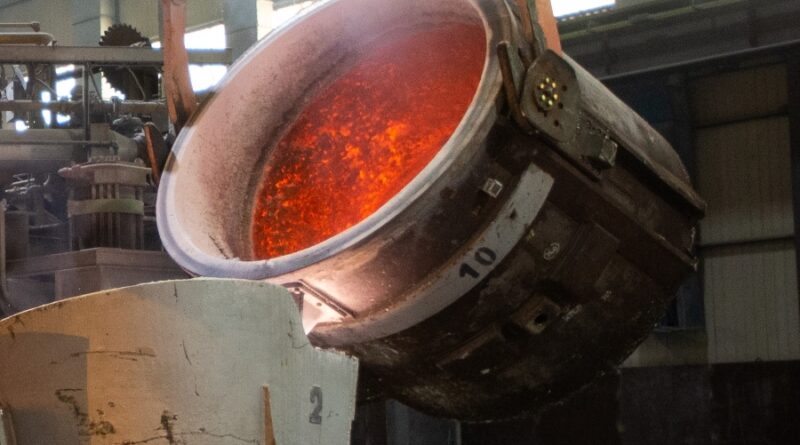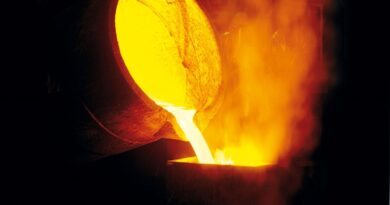Latest from refractories materials industry
The refractory materials industry is experiencing a mix of challenges and innovations, particularly with a focus on sustainability and the impact of evolving steel production methods. Key trends include the adoption of more sustainable raw materials, technological advancements in performance and durability, and the influence of decarbonization efforts in steelmaking.
KEY TRENDS
Sustainable Raw Materials: Refractory manufacturers are increasingly seeking sustainable and recycled alternatives to traditional non-renewable resources like bauxite and magnesite. This includes reprocessing spent refractories and exploring locally sourced materials.
Technological Advancements: New technologies like automated sensor-based sorting are enabling efficient separation and reuse of spent refractories. High-tech coatings, improved bonding agents, and hybrid composites are also enhancing the performance and durability of refractory materials.
Steel Industry Impact: The steel industry’s transition towards decarbonization, including the use of hydrogen in steel production, is driving the development of new refractory materials that can withstand these new processes.
Circular Economy: The focus on circularity and sustainability is leading to a closed-loop approach in the refractories industry, reducing waste and minimizing the environmental impact of mining.
Market Growth:
The global refractory materials market for the steel industry is projected to grow, driven by increased steel demand in construction, infrastructure, and automotive sectors.
Industry Challenges:
The refractories industry faces challenges due to high capital expenditure and the need for innovation, particularly in ensuring a stable supply of key precursor minerals like high-purity magnesia and dolomite.




